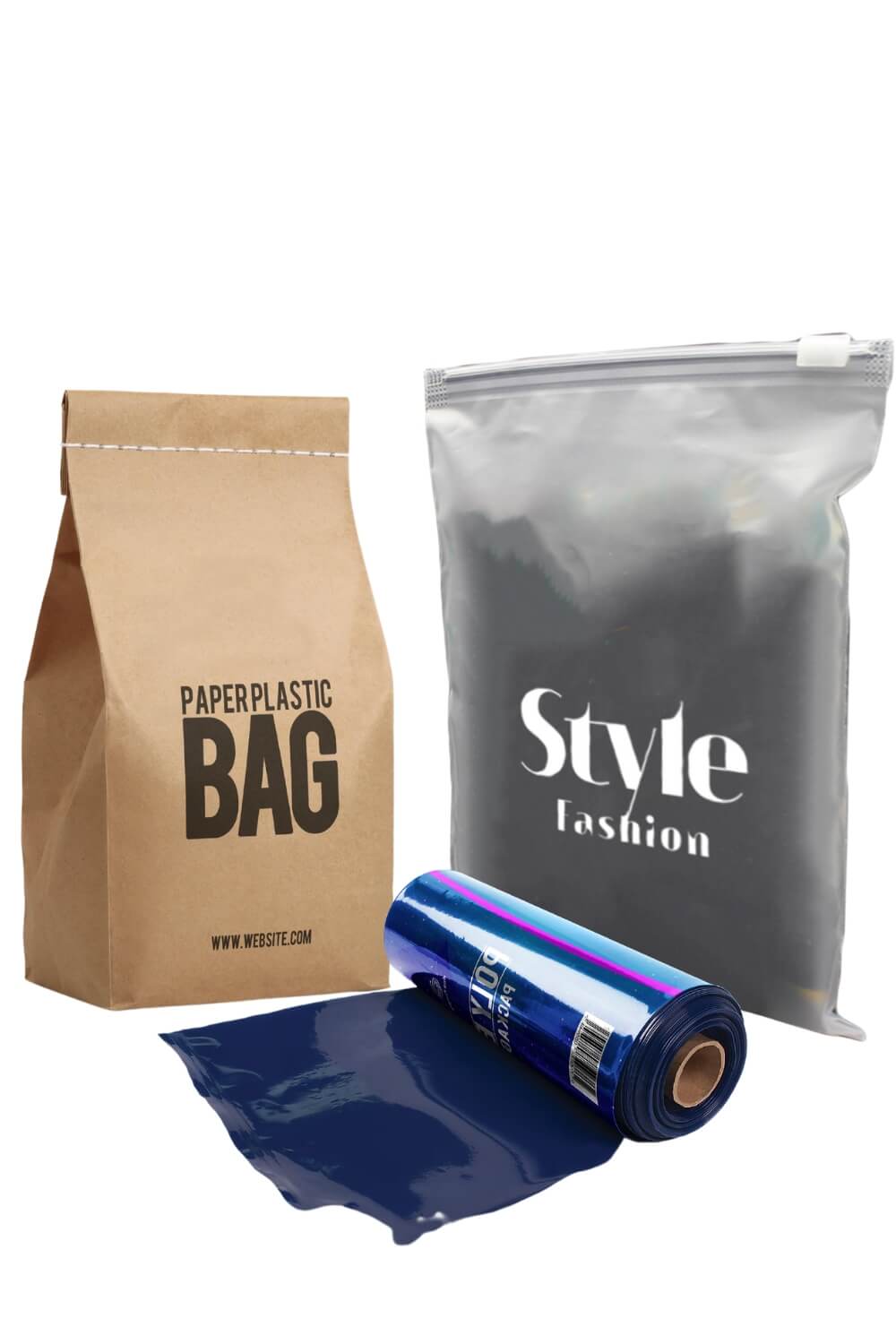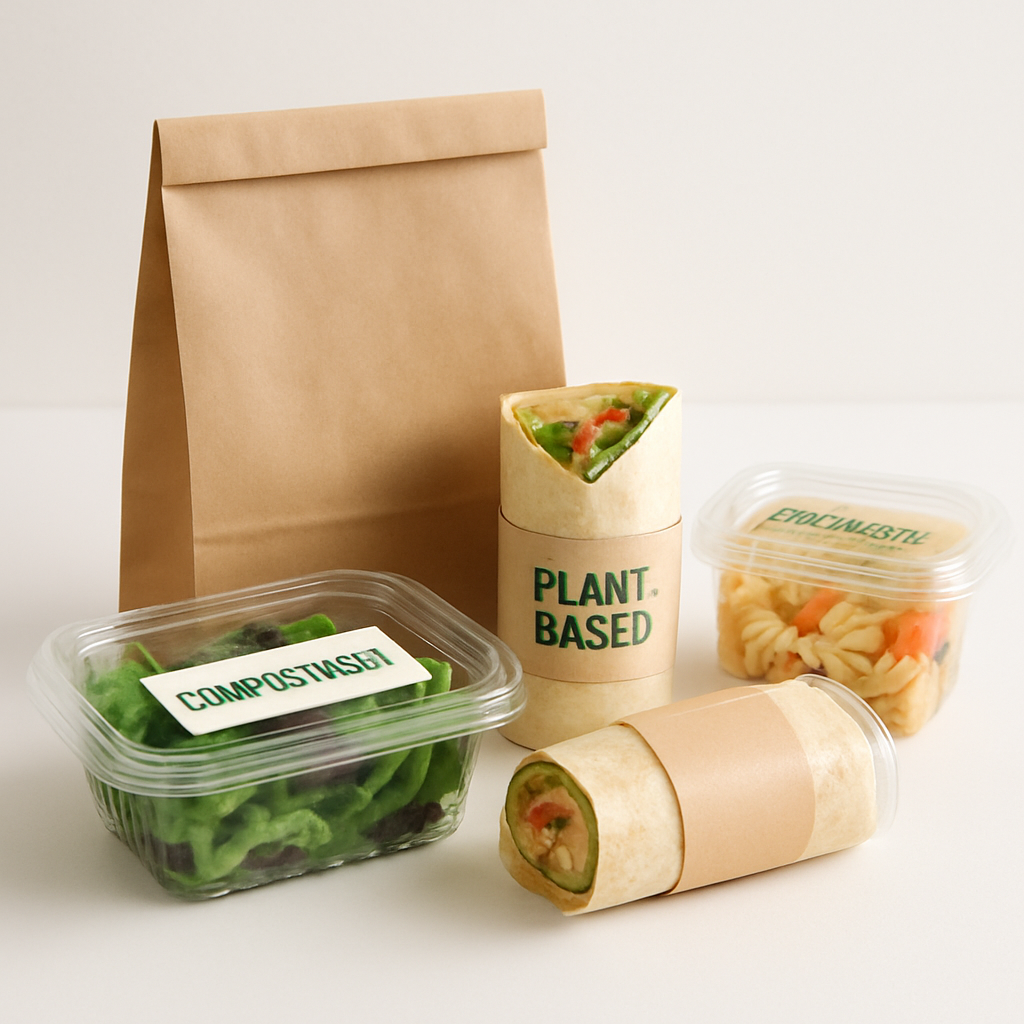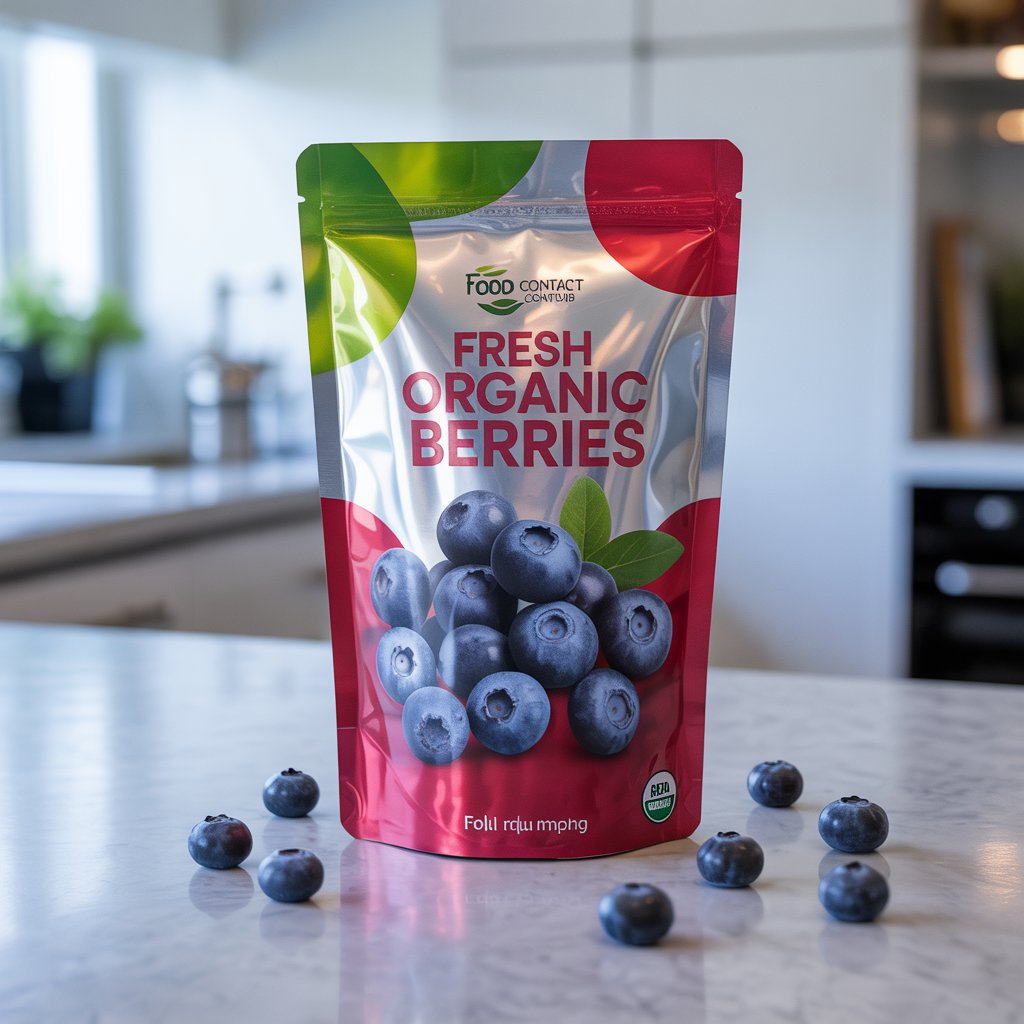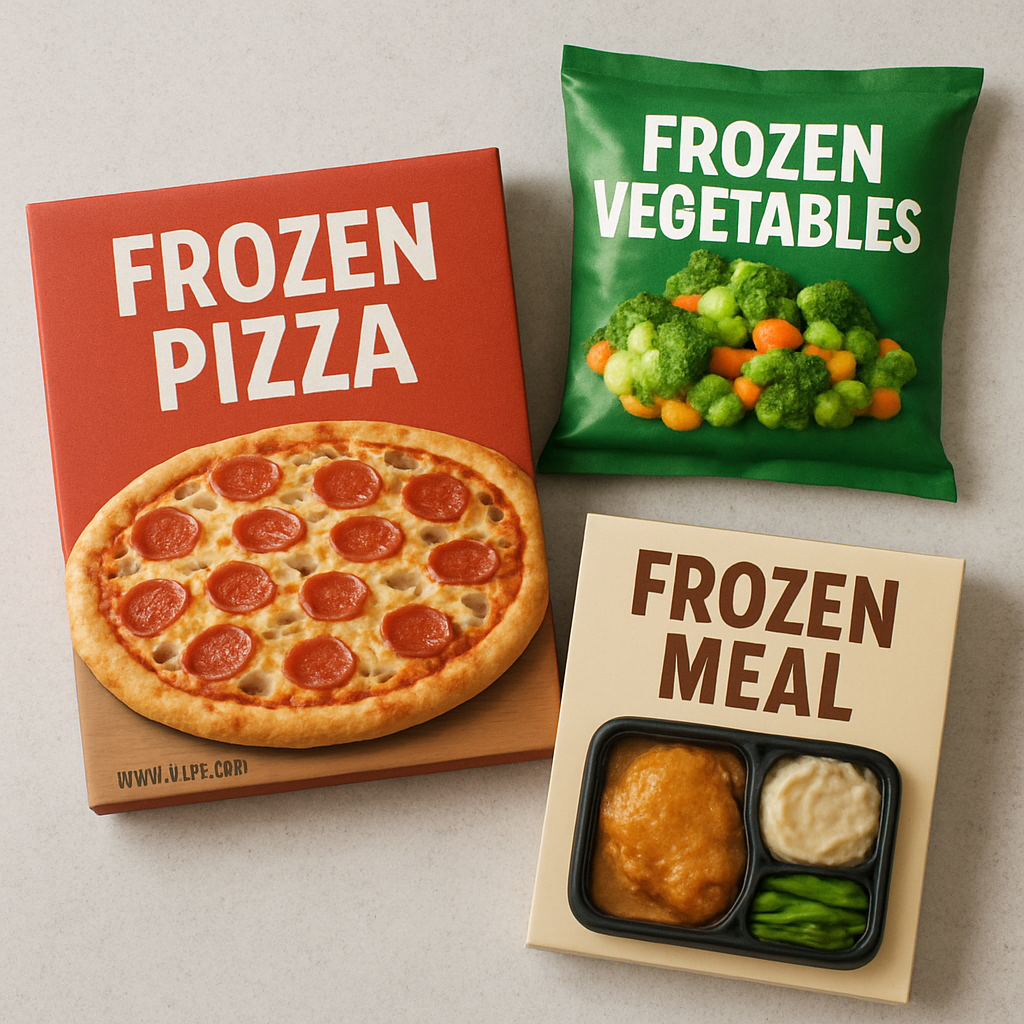
Eco-friendly packaging is rapidly transforming the food industry, driven by increasing consumer demand for sustainability and advances in innovative material solutions. In recent years, the industry has undergone a significant shift toward sustainable practices—motivated not only by customer preferences but also by the urgent need to address global environmental challenges. At the forefront of this change is sustainable packaging, as companies work to minimize environmental impact while meeting consumer expectations. Many are investing in research and development to deliver packaging solutions that combine functionality with environmental responsibility.
This article explores how sustainable packaging is reshaping the food industry, the innovative materials being developed, and the benefits of adopting eco-friendly solutions.
Growing Consumer Awareness

Today’s consumers are more conscious of their environmental footprint than ever before. This awareness stems from greater access to information and the visible effects of climate change and pollution. As concerns about issues like plastic pollution and global warming rise, so does the demand for sustainable alternatives.
Eco-friendly packaging plays a critical role in this shift, offering ways to reduce waste, conserve resources, and lower carbon emissions. The move toward sustainability is also a response to alarming statistics about the harmful impact of traditional packaging on the environment.
Modern consumers are no longer passive buyers—they are informed, proactive, and willing to use their purchasing power to drive change. They research brands’ sustainability practices and choose to support companies that align with their values. A Nielsen survey revealed that 73% of global consumers are willing to change their consumption habits to reduce environmental impact. This growing expectation is compelling food companies to prioritize sustainability—often starting with packaging. Brands that fail to adapt risk losing market share to more environmentally conscious competitors.
The Role of Regulation
Governments worldwide are implementing stricter regulations on packaging waste while promoting recycling and resource recovery initiatives. These policies are no longer mere recommendations—they are enforceable laws with significant penalties for non-compliance.
For companies, this means that adopting sustainable packaging is becoming both a consumer preference and a legal necessity. Businesses that act proactively not only stay ahead of regulatory requirements but also position themselves as leaders in sustainability, gaining a competitive advantage and influencing industry standards.
Innovation in Sustainable Materials
The pursuit of eco-friendly packaging has led to a surge in material innovation, with solutions designed to be biodegradable, compostable, recyclable, or made from renewable resources. These advancements offer viable alternatives to conventional packaging, often delivering improved functionality alongside environmental benefits.
Biodegradable and Compostable Materials
-
Polylactic Acid (PLA): Made from fermented plant starch (commonly corn), PLA is a versatile bioplastic used in containers, cups, and lids, known for its strength and adaptability.
-
Bagasse: A byproduct of sugarcane processing, bagasse is used to create sturdy, compostable plates and bowls—an excellent example of turning waste into valuable resources.
Recycled and Recyclable Materials
-
Recycled Paper and Cardboard: Often made from post-consumer waste, these are widely used in boxes, cartons, and wraps, offering high recyclability and broad availability.
-
Recycled PET (rPET): Produced from recycled plastic bottles, rPET is used in containers and films, helping close the loop on plastic waste by transforming it into new products.
Plant-Based Alternatives
-
Mushroom Packaging: Created from agricultural waste and mycelium (mushroom roots), this material is both biodegradable and compostable, representing a breakthrough in sustainable design.
-
Seaweed-Based Packaging: Seaweed’s abundance and rapid growth make it an ideal renewable resource for packaging films and wrappers, showcasing the potential of marine materials in packaging.
Business Advantages of Sustainable Packaging

Adopting eco-friendly packaging brings numerous benefits to food businesses—beyond compliance and meeting consumer demand, it creates long-term value for both the brand and the planet.
-
Enhanced Brand Image – Brands that commit to sustainability attract environmentally conscious consumers, fostering loyalty and differentiating themselves in a competitive market. Early adopters often gain a first-mover advantage and set industry trends.
-
Reduced Environmental Impact – By using biodegradable, recyclable, or renewable materials, companies significantly reduce landfill waste and pollution, aligning with corporate social responsibility goals.
-
Potential Cost Savings – While initial investment may be higher, sustainable packaging can lead to long-term savings through reduced waste disposal fees, lower transportation costs (via lightweight materials), and more efficient storage. Circular economy practices, such as recycling and reusing materials, can further cut expenses.
-
Regulatory Compliance – Proactive adoption of sustainable packaging ensures compliance with evolving regulations, helping companies avoid fines while positioning themselves as industry leaders.
Challenges to Overcome
Despite its advantages, the shift to sustainable packaging comes with challenges that require strategic planning and collaboration:
-
Cost Concerns – Eco-friendly materials often cost more than traditional alternatives, posing barriers for small and medium-sized businesses.
-
Supply Chain Limitations – Access to sustainable materials and recycling/composting infrastructure can be limited in some regions.
-
Consumer Education – For maximum environmental benefit, consumers must know how to dispose of packaging correctly. Clear labeling and awareness campaigns are essential.
Collaboration and Future Outlook

The growing demand for sustainable packaging is driving innovation and fostering collaboration between businesses, researchers, and governments. These partnerships can accelerate the development of new materials and infrastructure, expanding market reach and setting higher industry standards.
As eco-friendly packaging becomes the norm, companies that adopt it early can gain a competitive edge, access new markets, and build stronger customer relationships. Sustainability can also lead to more efficient operations, from waste reduction to supply chain optimization, boosting overall resilience.
Eco-friendly packaging is not just a trend—it’s a permanent shift that is reshaping the food industry. By embracing this transformation, companies can enhance brand reputation, reduce environmental impact, improve profitability, and stay ahead of regulations. The future of the food industry is undeniably green, and those who adapt now will thrive in the era of sustainable growth.






Leave a comment
This site is protected by hCaptcha and the hCaptcha Privacy Policy and Terms of Service apply.